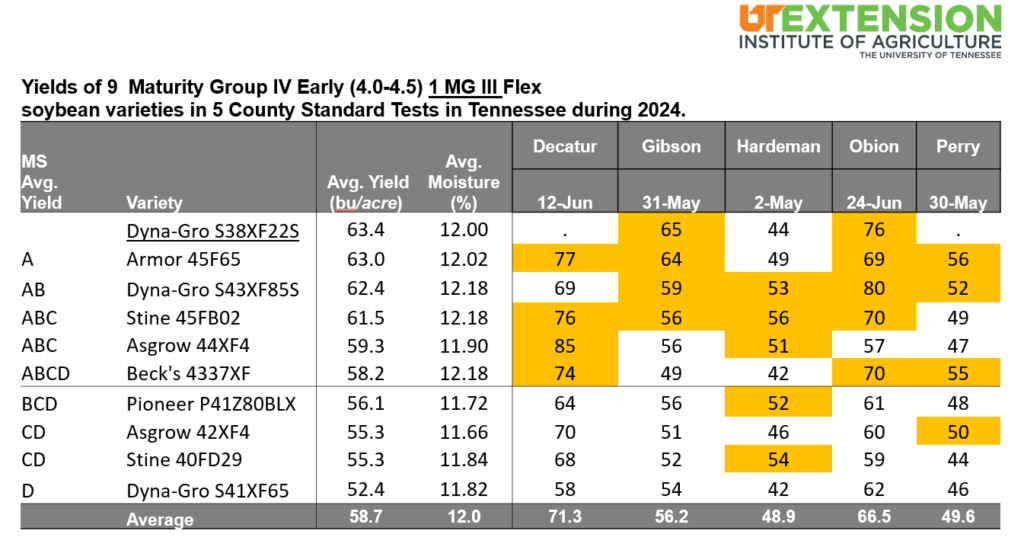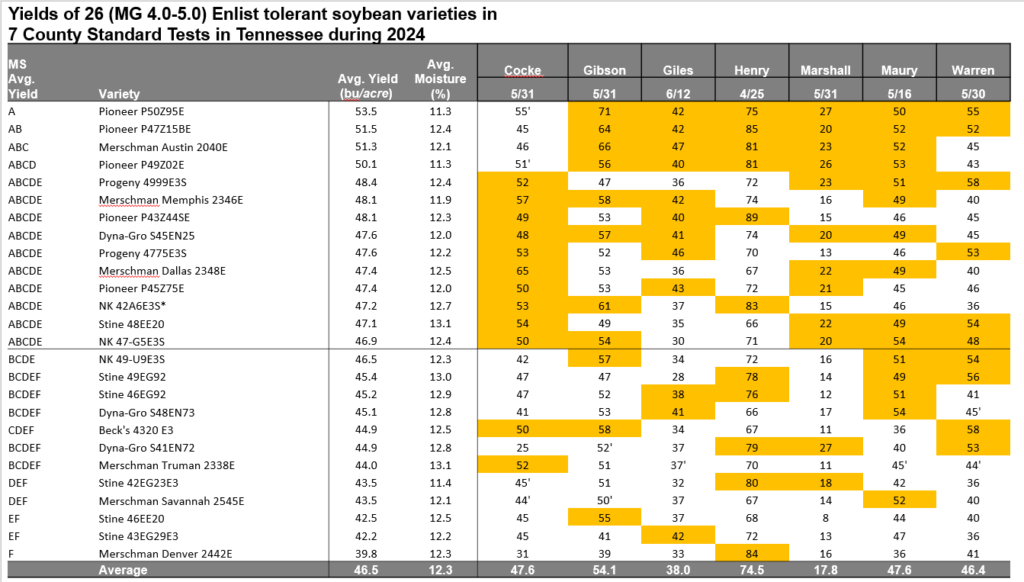The 2024 Tennessee Cotton Variety Trial Results (PB 1742) are now available online. Included within these results are eight large strip trials (CSTs) and six small plot trials (OVTs) testing 48 experimental and commercial varieties.
Special thanks to all of the agents and producers who helped generate this data. Additionally, thanks to the USDA Classing Office in Memphis for assisting with this effort. If you have any questions on location response or variety placement, please do not hesitate to reach out directly to your county agent.













